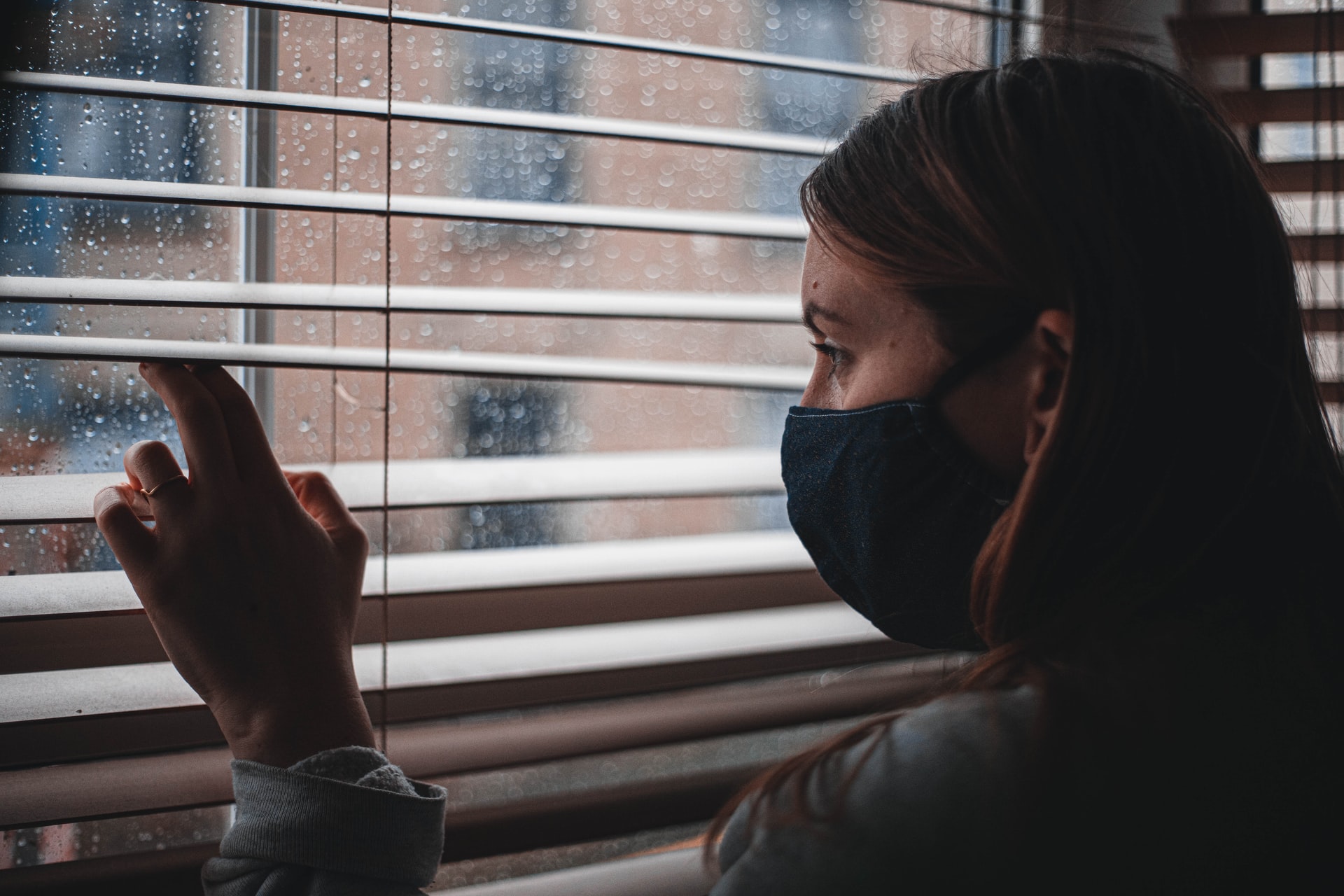Is COVID-19 Airborne? Here’s How You Can Protect Yourself

The whole world is touched by COVID-19 havoc and struggling their way to fight the virus. However, the majority of people are now aware of common symptoms of the novel virus and holding a basic understanding of how one may get exposed to the infection through multiple modes, such as getting close to people, touching things around, and not practicing good hygienic routine. But there are numerous ongoing testing, studies, and researches on the COVID-19 virus are continued that present new outcomes from time to time.
The newly conducted press releases and several studies have shown that the COVID-19 is, indeed, airborne that spread through the air particles.
"We strongly believe that the virus is likely to be spreading through the air. If this is the case, it will take at least several months for this to be confirmed by science." A study in ScienceDirect on airborne transmission stated.
The world is raving upon their data for rising cases of coronavirus. The United States has crossed the number of 31 million active cases that cover over 560K deaths respectively.
Airborne transmission spread through airborne particles and droplets that are released by an infected person in the air. These small particles may linger in the air for long hours and getting in contact with these droplets cause COVID-19 infection.
An infected person can easily spread the virus in the air by exhalation of breathing, speaking, coughing, sneezing, and singing. The risk of novel coronavirus transmission and airborne infection spread occurs more through respiratory droplets than any other sources.
How is the coronavirus disease transmitted?
SARS-CoV-2 is a respiratory syndrome virus that causes COVID-19, which affects the lungs that contribute to lung inflammation, and weakens the immune system. According to CDC, The SARS-CoV-2 virus that causes COVID-19 spread through three main reasons, which are contact transmission, droplet transmission, and airborne transmission.
- Contact transmission happens when you directly make contact with the infectious person or things.
- Droplet transmission spread through respiratory droplets when an infectious person exhales larger or smaller droplets and particles.
- Airborne transmission is a spread that remains suspended in the air for some hours before it settles down to the surface. Airborne transmission may also stay active in the air over great distances for up to 6 feet ranges.
How to protect yourself from airborne spread?
Protecting yourself from getting exposed to the virus through aerosols is not uncommon. It's a regular way of practicing the precautions to fight against the novel virus. Follow these common practices to protect yourself.
- Stay at home as much as possible. Catching the COVID-19 virus is considerably easy when you step outside. The virus remains suspended in the air for a certain amount of time that may lead to attack you when you're out. Therefore, you must stay at home as much as you can and get outside only when it's necessary or emergency.
- Cover your face with a Mask. Asymptomatic people around you might not give you a red signal that they're sick or infected by the virus. Hence, covering your face with a quality mask may reduce your chances of being exposed to infectious droplets.
- Maintain hygiene. Practice good hygiene at home and outdoor. Wash hands with soap and sanitize them often. Try avoiding touching your mouth, nose, or eyes because these are the doors for the virus to enter your body. When you find yourself touching an object or things like handles, doorknobs, phones, sanitize your hands with alcohol-based sanitizer to ward off infections.
- Maintain a safe distance. Make sure you're managing enough distance from others. According to CDC guidelines, one must stay at least 6 feet or about 2 arm lengths to strangers to contribute social distancing.
- Track and monitor symptoms. Keep on track and monitor the flu-like symptoms, such as fever, colds, aches, cough, and trouble breathing. If you find yourself developing these symptoms, do not panic, but contact your doctor immediately.
The bottom line
COVID-19 is a global threat to mankind, which does not seem to tail off its deadly effects. The more current researches are suggesting multiple unknown facts about the novel virus and introducing airborne transmission as the new form of incurring the infection. In such scenarios, you should strongly follow the guidelines for the safety of your life and for others around you to stay safe during the pandemic.
